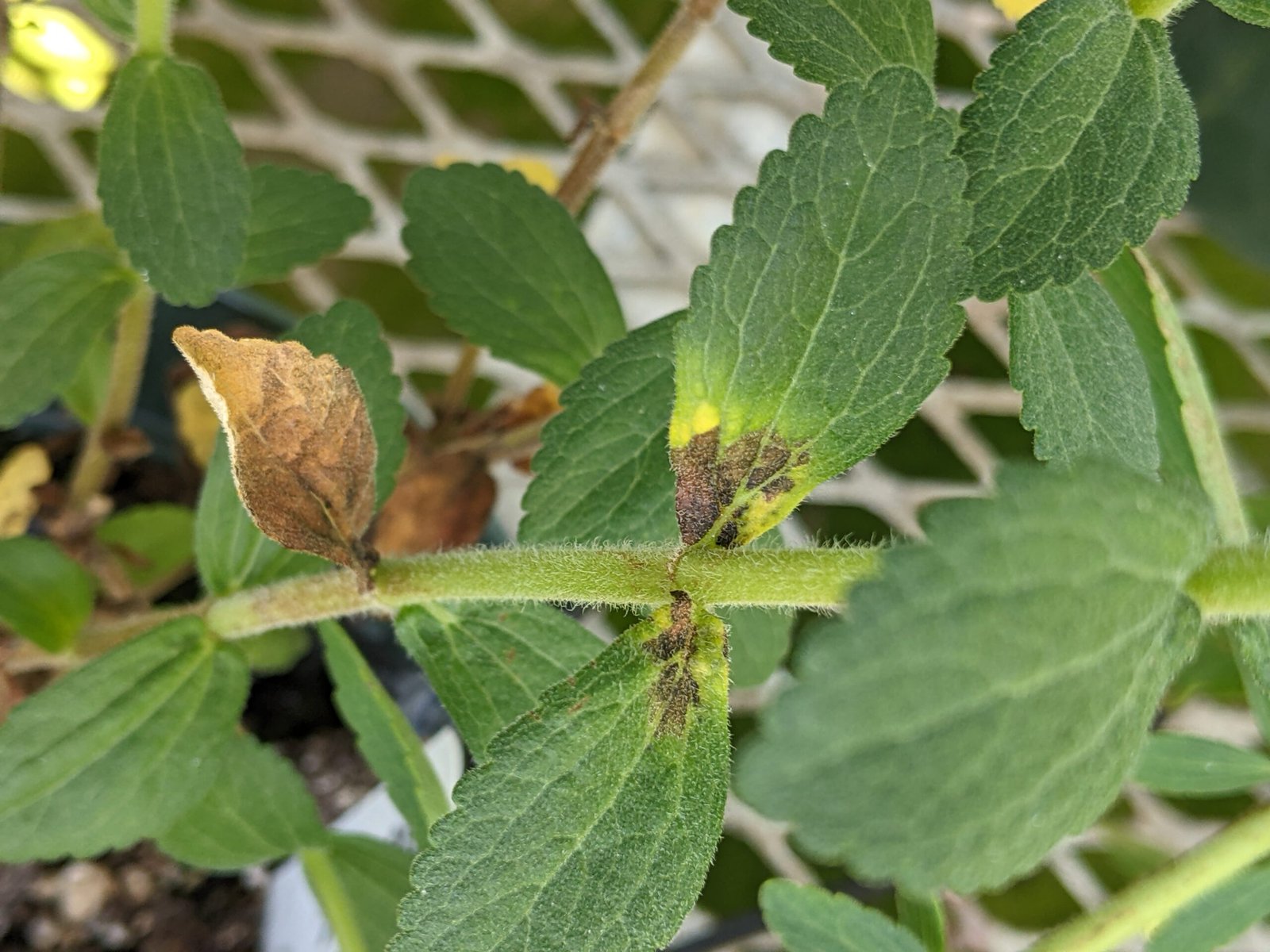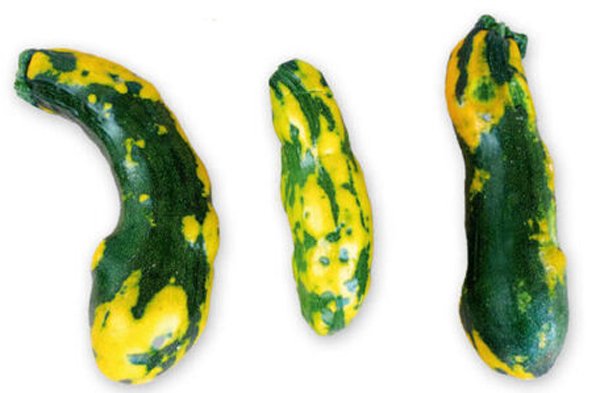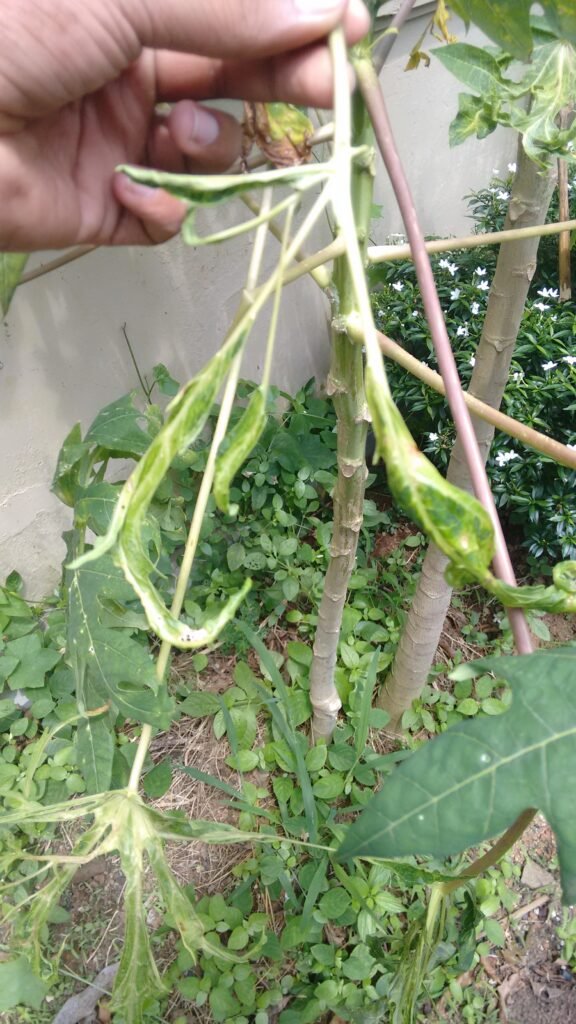Imagine walking through a garden and discovering, hidden among the leaves, a silent drama where viruses manipulate their leafy hosts like expert puppeteers. It sounds like a scene from a science fiction movie, but it’s happening right now, all around us. In the natural world, some viruses have developed astonishing ways to control plants, turning them into unwitting accomplices in their own infection. This unsettling phenomenon has earned these infected plants a chilling nickname: “zombie plants.” But how do these tiny invaders seize the reins of plant behavior? The answers will surprise you, inspire awe, and perhaps even send a shiver down your spine.
Unveiling the Puppet Masters: Plant Viruses Explained

Plant viruses are more than just invisible threats lurking on leaves—they are master manipulators equipped with unique survival strategies. These microscopic agents infiltrate plant cells, slipping past defenses and establishing themselves deep within. Unlike bacteria or fungi, viruses cannot reproduce on their own; they need to hijack a host’s machinery. Once inside, they rewrite the ‘rules’ of the cell, forcing it to churn out copies of the virus. Some viruses even alter how a plant grows, looks, or interacts with its environment, setting the stage for their own spread.
From Science Fiction to Reality: The Concept of “Zombie” Plants

The idea of a living thing being controlled by another—like zombies in folklore—captures the imagination. In the case of plants, the comparison is surprisingly accurate. When infected by certain viruses, plants are compelled to act in ways that benefit the virus, often at their own expense. Leaves may twist into unnatural shapes, flowers might lose their color, or the plant may emit unusual scents. These changes are not random; they are strategic, helping viruses attract insect carriers or repel predators, much like a puppet master pulling strings behind the scenes.
The Cucumber Mosaic Virus: A Real-World Example

One of the most notorious plant viruses, the cucumber mosaic virus (CMV), offers a startling example of behavior manipulation. When CMV infects a plant, it doesn’t just cause disease—it actively changes the plant’s appearance and chemistry. Infected plants may become stunted, show mottled leaves, or produce fewer flowers, but more importantly, they start to emit different scents. These altered scents draw aphids, which then feed on the plant and unwittingly pick up the virus, spreading it to the next host like tiny, viral couriers.
Tobacco Mosaic Virus: The Ancient Intruder

The tobacco mosaic virus (TMV) is another legendary manipulator, known for its resilience and adaptability. TMV infects a wide range of plants, causing mosaic-like patterns on leaves and stunted growth. But its influence goes deeper—the virus can alter the plant’s internal defenses, making it more susceptible to stress and other invaders. By weakening its host, TMV ensures its own survival and increases the chances of being picked up by unsuspecting gardeners or windblown debris.
Viral Mind Control: How Do Viruses Change Plant Behavior?

If you’re wondering how a microscopic virus can control an entire plant, the answer lies in sophisticated molecular sabotage. Viruses carry genetic material that, once inside a plant cell, can override normal gene expression. Some viral genes mimic plant hormones, tricking the plant into growing in abnormal ways. Others turn off immune responses, leaving the plant defenseless. It’s a bit like someone hacking into a computer and reprogramming it to do their bidding—only in this case, the computer is alive.
Color Changes and Chemical Signals: Tools of Viral Manipulation

Many viruses have evolved to change the color patterns on leaves or flowers, sometimes causing them to become more attractive to insects. Infected plants may also emit new or stronger scents, acting like a chemical billboard to passing pollinators or vectors. These changes aren’t just side effects—they are deliberate strategies that increase the virus’s chances of survival and transmission. For example, a plant that smells sweeter might lure in more aphids, which unwittingly spread the virus to neighboring plants.
The Role of Insect Vectors in Plant Zombie Stories
Insects are often the unwitting accomplices in the tale of viral manipulation. Aphids, whiteflies, and leafhoppers are just a few of the many insects that act as viral taxis. When a virus changes how a plant looks or smells, it can make the plant more appealing to these insects. Once the insect lands, it picks up the virus while feeding, carrying it off to the next plant. This relationship is both cunning and cruel—plants become tools, insects become couriers, and viruses continue their invisible conquest.
Ecological Consequences: The Ripple Effect of Zombie Plants

The transformation of a single plant into a zombie can have far-reaching effects on entire ecosystems. When viruses manipulate plant behavior, they can disrupt normal relationships between plants, insects, and even animals higher up the food chain. For instance, if a virus makes a plant more attractive to insects, it could increase local insect populations, which in turn might attract more birds or affect pollination patterns. The result is a cascade of changes that ripple through the environment, often with unpredictable outcomes.
Can Plants Fight Back? Natural Defenses Against Viral Takeover
While viruses are skilled invaders, plants are not helpless. Many have evolved sophisticated defenses, such as producing antiviral compounds or activating genes that block viral replication. Some plants can even “remember” past infections, becoming better at resisting future attacks. Scientists are studying these natural defenses to develop new ways to protect crops and wild plants alike. It’s an ongoing arms race, with both sides evolving ever more clever strategies in their quest for survival.
Implications for Agriculture and Biotechnology

The impact of zombie plants isn’t just a curiosity for scientists—it’s a real-world challenge for farmers and food security. Viral outbreaks can devastate crops, leading to lost harvests and economic hardship. Understanding how viruses hijack plant behavior is crucial for developing resistant crops and effective treatments. In the future, biotechnology might even harness these viral tricks for good, using them to deliver beneficial genes or protect plants from other threats. The stakes are high, and the lessons learned from zombie plants could help shape the future of agriculture.
The Mystery Continues: What Lies Ahead for Zombie Plant Research?

Despite decades of study, scientists are still uncovering new ways that viruses manipulate their plant hosts. Advances in molecular biology and genetics are revealing ever more intricate details of these relationships. Some researchers are even exploring whether similar “zombie” tactics occur in other organisms, or if this kind of manipulation could inspire new medical or technological breakthroughs. The world of zombie plants is far from fully explored, and every new discovery raises more tantalizing questions about the secret lives of viruses and their green hosts.
A Final Thought: Nature’s Unseen Chess Match

The story of zombie plants is a vivid reminder that the natural world is full of surprises, mysteries, and cunning strategies. Viruses, once thought of as simple agents of disease, are revealed as master manipulators capable of rewriting the rules of life itself. As we peer deeper into the microscopic battles being waged in gardens and forests, one thing becomes clear: the world is more interconnected, and more extraordinary, than we ever imagined. So next time you walk among the plants, ask yourself—what invisible dramas might be unfolding right beneath your feet?



